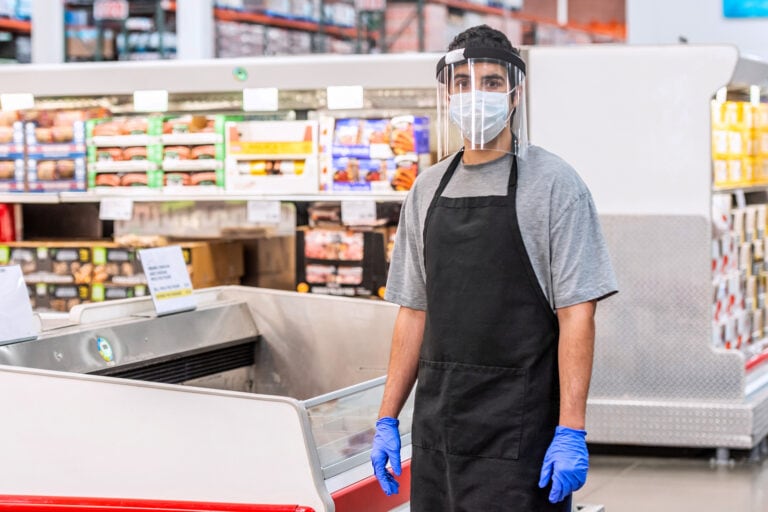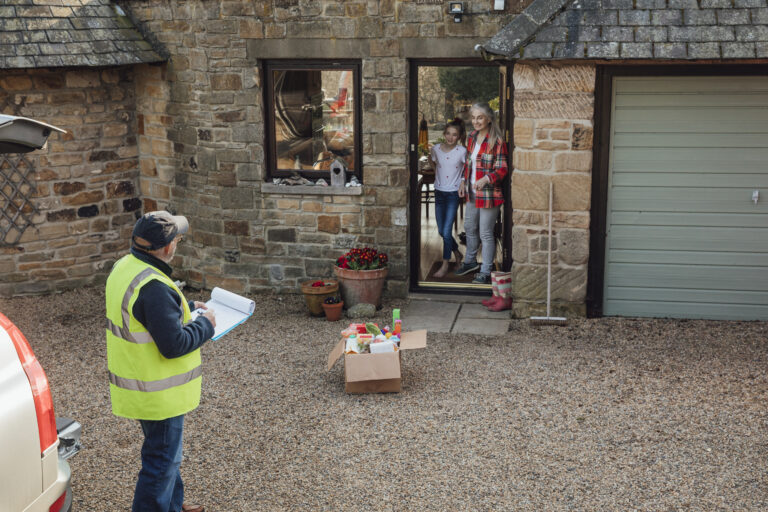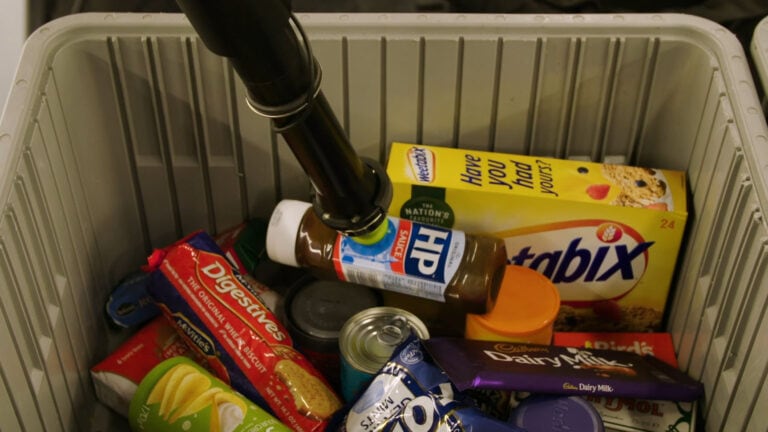Why Robot Hands Won’t Take Over the Warehouse Anytime Soon
Will robot hands take over the warehouse? Of course not! Vacuum …

It is not an understatement to say 2020 was an extraordinary year for the online grocery market. COVID-19 accelerated orders beyond the wildest imaginings of forecasters, and we saw some highly significant acquisitions of robotics companies in the retail space. The capabilities of supermarkets were stretched to breaking point — particularly in the areas of picking, packing, and delivery, where human labour still plays a major role. And as consumer expectations have altered and grown, the path of 2021 has become clearer. To deliver efficiency, cost savings, and customer satisfaction, next-generation automation technology will be essential. And robotics will have a crucial role to play.

For the most part, supermarkets have done well from the pandemic. With pubs and restaurants closed, people are instead spending on food and drink to consume at home. November 2020, the month of the U.K.’s second lockdown, was reported as being the biggest month ever for U.K. grocery sales, with shoppers spending almost £11bn. The big challenge, however, was how to expand online delivery operations to meet the new demand without wiping out all profits.
This challenge has still not been met entirely successfully and supermarkets have been unable to scale the online provision enough to cope with demand. Throughout the 2020 lockdowns, online shoppers have regularly experienced long queues for ordering and low availability for delivery slots. Some supermarkets have even urged people to shop in-store if they can. Miriam Burt, Managing Vice President at Gartner, puts it bluntly: “I think that what the pandemic has showed is that the infrastructure that retailers had in place for moving in the eCommerce world, really failed spectacularly.”

If you work in the eCommerce sector, you’ll be aware that the root of the problem lies with the issue of “last mile” fulfillment. Most supermarkets still rely on humans to physically pick items from the store and to pack them into bags or crates for customers. With online orders doubling, the response for several leading supermarkets has been to bring in extra temporary employees to cope with shifting customer demand. Employing staff to do this job is expensive, and the need to minimise the number of people in a store at one time only adds to the difficulty. This is where online-only grocers have the advantage; mixing pickers and customers is an unhappy solution.
A number of solutions have been adopted across the sector. Some supermarkets have begun to adapt their own stores to provide larger “mini-warehouse” areas inside them, effectively separating customers and pickers. Others have converted shops into “dark stores,” where physical customers are no longer invited in and the building is instead devoted purely to online deliveries. Then there are micro-fulfillment centres, moderately sized and often automated distribution centres in urban areas purposely built to fulfil online deliveries. Occasionally, supermarkets have even expanded their shop-based warehouse facilities by occupying newly-empty adjacent stores.

In a customer-free environment, robotic automation makes the process far more efficient and cost-effective. At Berkshire Grey, we’ve been able to help customers improve labour efficiency by up to 70% by applying AI-powered robotics to picking, packing, and sorting for eCommerce. Deploying robots, however, needs to be part of a holistic approach to automation. This means applying innovation across the entire system. Our own Chief Scientist, Dr. Matthew Mason, uses the development of the motorcar as an analogy: “Put yourself in Henry Ford’s place — trying to automate the horse-and-carriage. If you are focused on components, you might swap a robot for the horse. But if you are focused on the true overall goal, you would look at the whole system. You would ask, how do I redesign the surrounding components to solve the real problem? That is the holistic approach.”
The accelerated shift to online shopping is unlikely to retreat, so supermarkets have to find a way to make their eCommerce fulfillment deliver customer satisfaction and profits. The recent high-profile investments in robotic picking solutions underline that this is the direction in which all supermarkets must head. It is time to modernise the traditional supermarket infrastructure. The good news is that 2021 is the year of the robot — and we’re here to help.
A version of this article first appeared on Retail Technology Review.
Will robot hands take over the warehouse? Of course not! Vacuum …
In a recent webinar, “Unlock $20M Savings with Superior Efficiency: Robotic …
With a strong foundation of AI-driven robotics and a mission to …
Contact the BG Fulfillment Automation Sales Engineering Team to Learn How to:
Call +1 (833) 848-9900
or connect using our form.